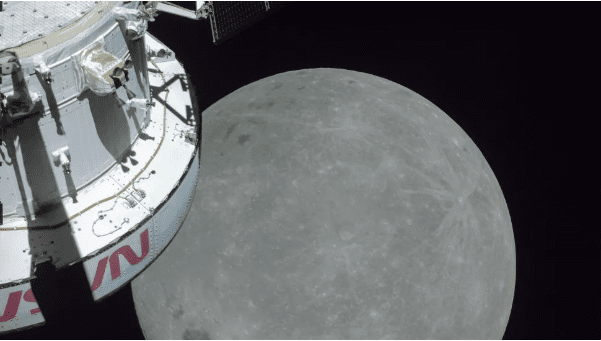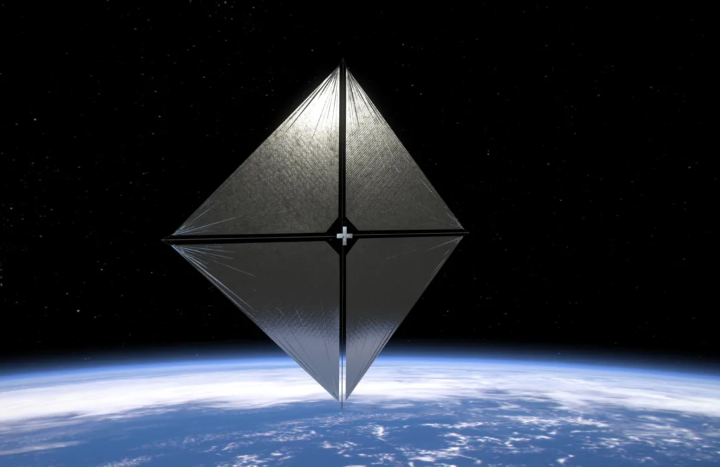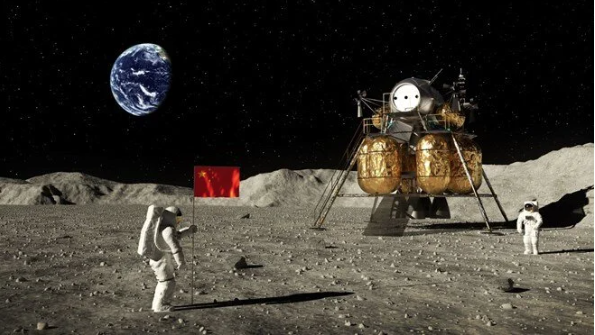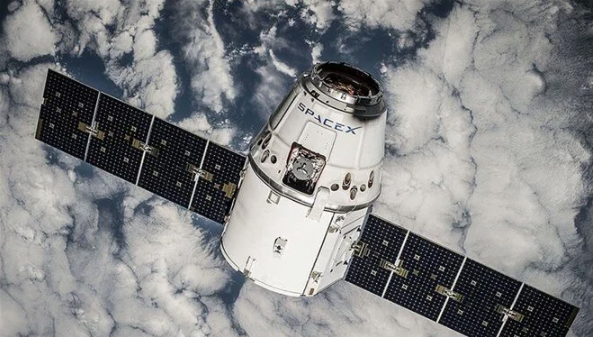NASA officials said the Artemis 1 mission crews are “ecstatic” after seeing how well their Orion spacecraft has performed thus far on its journey to lunar orbit.
Artemis 1 took off at 1:47 a.m. On November 16, at 6:47 a.m. EST (06:47 GMT), NASA’s Space Launch System (SLS) rocket will blast off from Kennedy Space Center in Florida in a breathtaking exhibition of the sheer force of NASA’s Space Launch System (SLS). The Orion spacecraft quickly entered Earth orbit, then launched a Trans Lunar Injection burn 87 minutes later to send it hurtling towards the moon. On Monday (Nov. 21), Orion executed another fire to get the spacecraft near enough to the lunar surface to use gravity to drive the spacecraft around the moon and into a far retrograde orbit.
NASA officials conducted a conference Monday evening (Nov. 21) to review Orion’s powered flyby of the moon after receiving data from that propellant maneuver. According to Judd Frieling, flight director at NASA’s Johnson Space Center, Orion mission team members are “giddy” with the spacecraft’s current performance following the flyby, which saw the spacecraft come within 80 miles of the lunar surface.
Frieling added that flight controllers are so far amazed by the stellar performance they’ve seen from Orion. “As far as the flight controllers themselves, they’re absolutely astounded as well, you know, at these great videos that they’re able to get from the Orion spacecraft,” Frieling said. “As well as that, you know, they’re just happy that all of the hard work and dedication that they’ve spent for many, many, many years is really paying dividends.”
Howard Hu, Orion program manager, said the team has seen “really good performance across the board on all our subsystems and systems and we’re certainly really happy with the performance” of the spacecraft so far.
https://youtu.be/Ypd9FPFgifU
“Today was a terrific day,” Hu added. “We’re coming in every day and it doesn’t seem like work. I mean, it is just fabulous. I want to hear the information that’s coming from the spacecraft, learning about the spacecraft and being excited about what we’re doing. And it’s just, it’s just been phenomenal. I’ve got a big smile every day.”
The briefing also covered the Nov. 16 launch of the Artemis 1 mission’s Space Launch System rocket. The SLS rocket worked properly during launch, according to Mike Sarafin, Artemis 1 mission manager at NASA headquarters. “The results were phenomenal,” Sarafin remarked. “The rocket met or surpassed expectations.” Sarafin also stated that the “kinder, gentler” fueling procedure used for the successful third launch attempt produced the expected results, avoiding some of the issues that plagued previous attempts.
Sarafin also detailed the damage to Kennedy Space Center’s Launch Pad 39B during the launch. The 8.8 million pounds of thrust unleashed by the SLS vehicle’s core stage and two solid rocket boosters virtually blasted doors in. “The elevator system is now not operational,” Sarafin explained. “We had the most powerful rocket in the world, and the pressure literally blasted the doors off our elevators.”
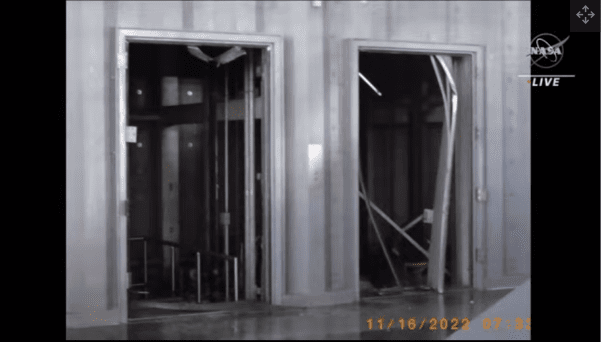
A portion of RTV, the insulating caulking around the base of Orion that was damaged by Tropical Storm Nicole, was discovered in the infield around the rocket, according to Sarafin. It’s unclear if it was removed at the launch or if Nicole removed it beforehand. Prior to launch, mission management were concerned about a section of caulking that had been damaged by the storm, but they judged it would not pose a problem.
The Artemis 1 mission launched Orion on a 26-day journey to the moon, where it will pass within 80 miles of the lunar surface at its closest pass and 40,000 miles away at its farthest.
The mission is designed as a flight test of the Space Launch System rocket, Orion spacecraft and associated ground control systems ahead of the Artemis 2 and 3 missions currently planned for 2024 and 2025, respectively.
After swinging far away from the moon, Orion will make its way back to Earth where it will splash down in the Pacific Ocean on Dec. 11.
“I will rest well on Dec. 11 after splashdown and recovery is complete, as well as these gentlemen and their teams,” Sarafin said.
the main source of the news: https://www.space.com

